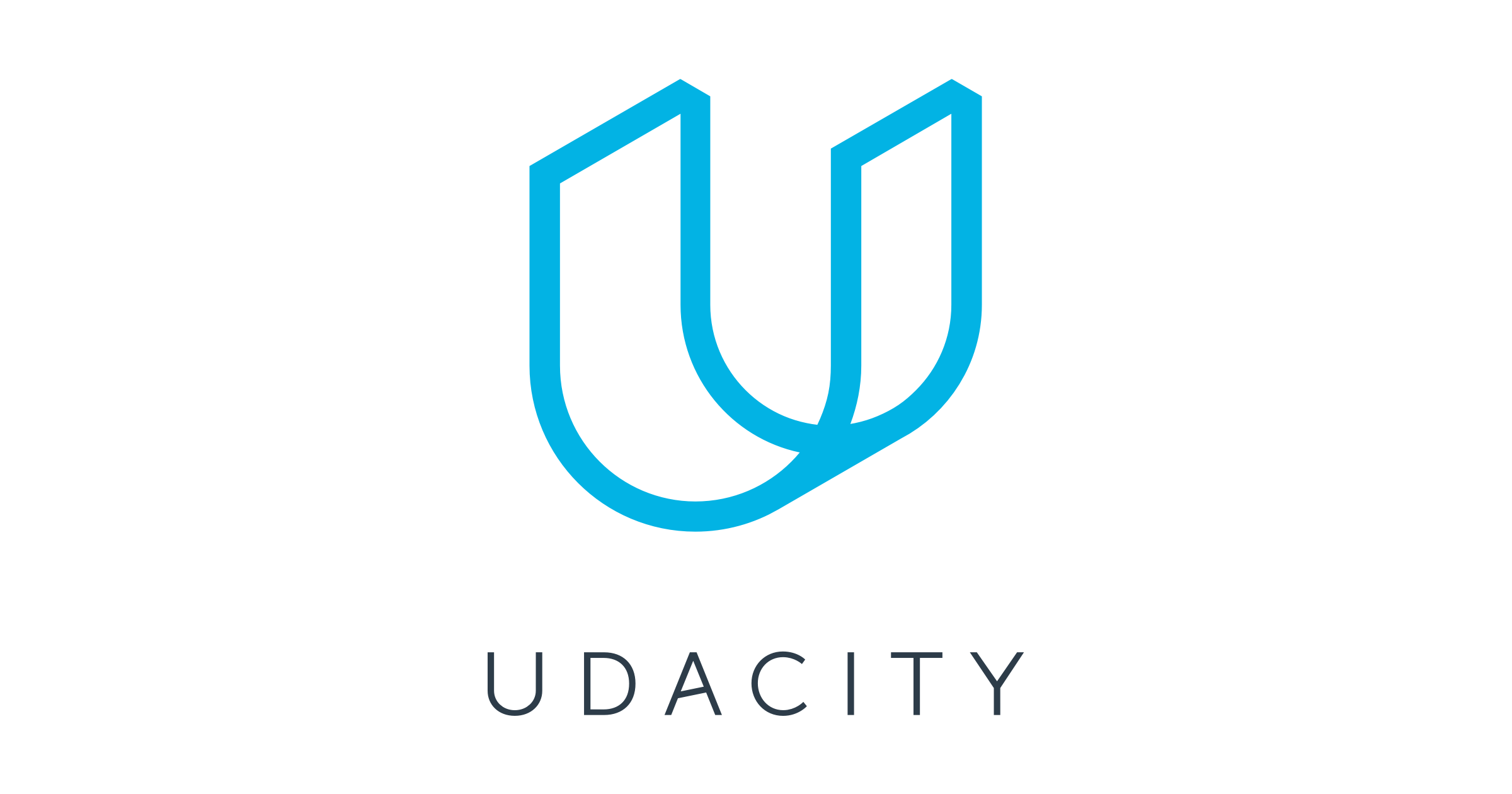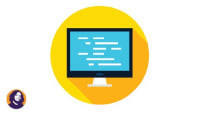Description
In this course, you will :
- Discover the distinction between authentication and authorization.
- Learn how OAuth 2.0 simplifies security implementation for developers and users.
- Use Google's OAuth 2.0 Playground to see OAuth 2.0 in action as you make API requests.
- Discover the various types of security flows that your application can implement.
- Examine how your server and your users' browsers can handle security.
- Integrate a Google+ Sign-In feature into an existing web application and use a hybridised client/server flow.
- Add Python code to create server-side rules for a permissions system.
- Based on how the developer designs this code, limit database access for each logged in user.
- Create a User model model in your database to store the OAuth provider's API credentials.
- Discover how to integrate multiple OAuth providers into your web application.
- Add Facebook Login as a sign-in option for your users.
- Learn how to use the OAuth provider documentation to add as many providers as you like.
Syllabus :
- Authentication vs. Authorization
- Creating a Google+ Sign-In
- Local Permission Systems
- Adding Facebook & Other Providers









